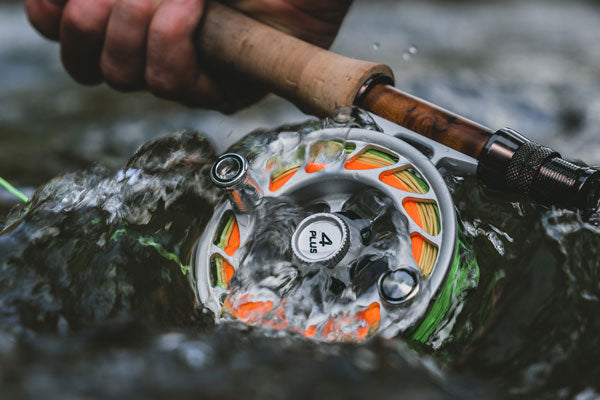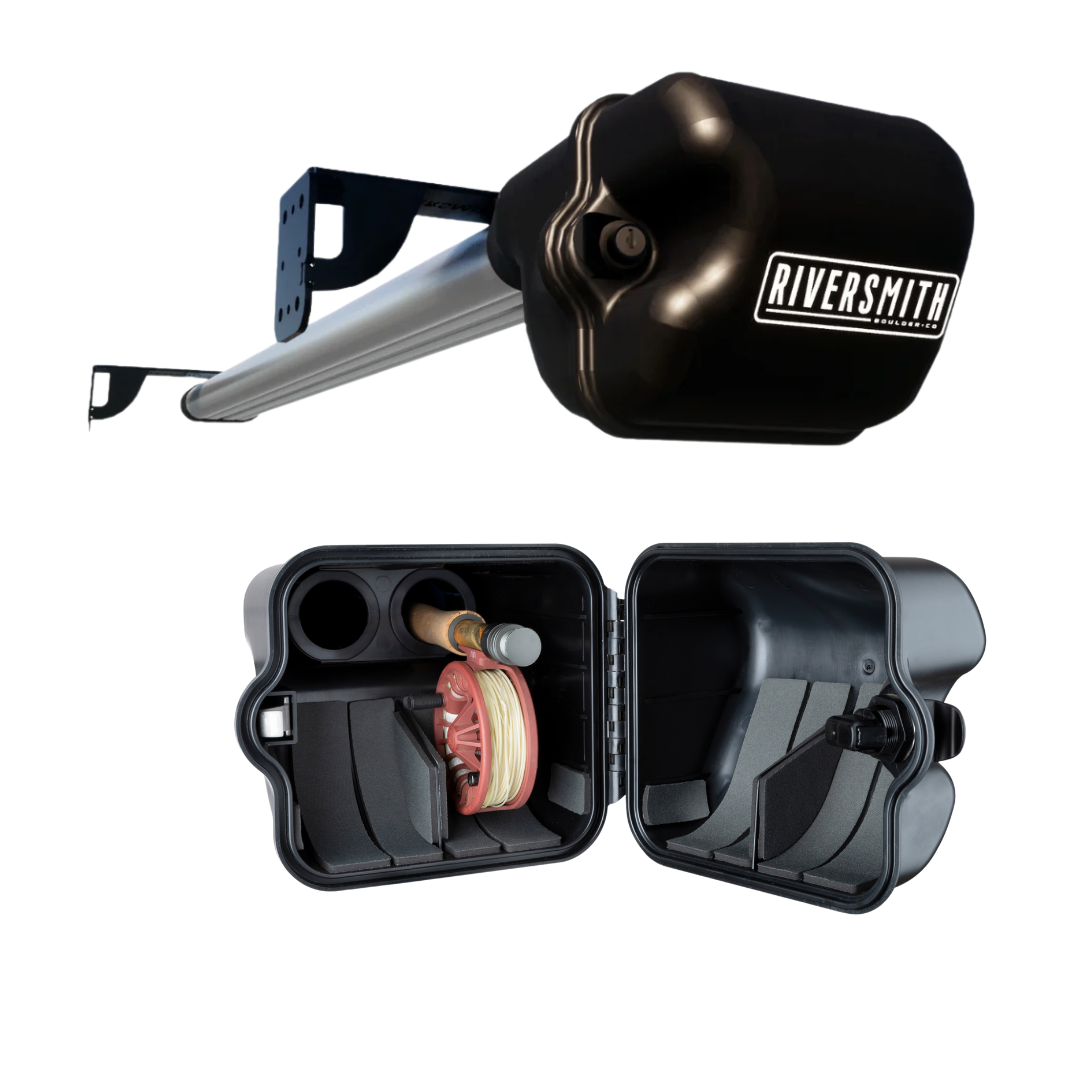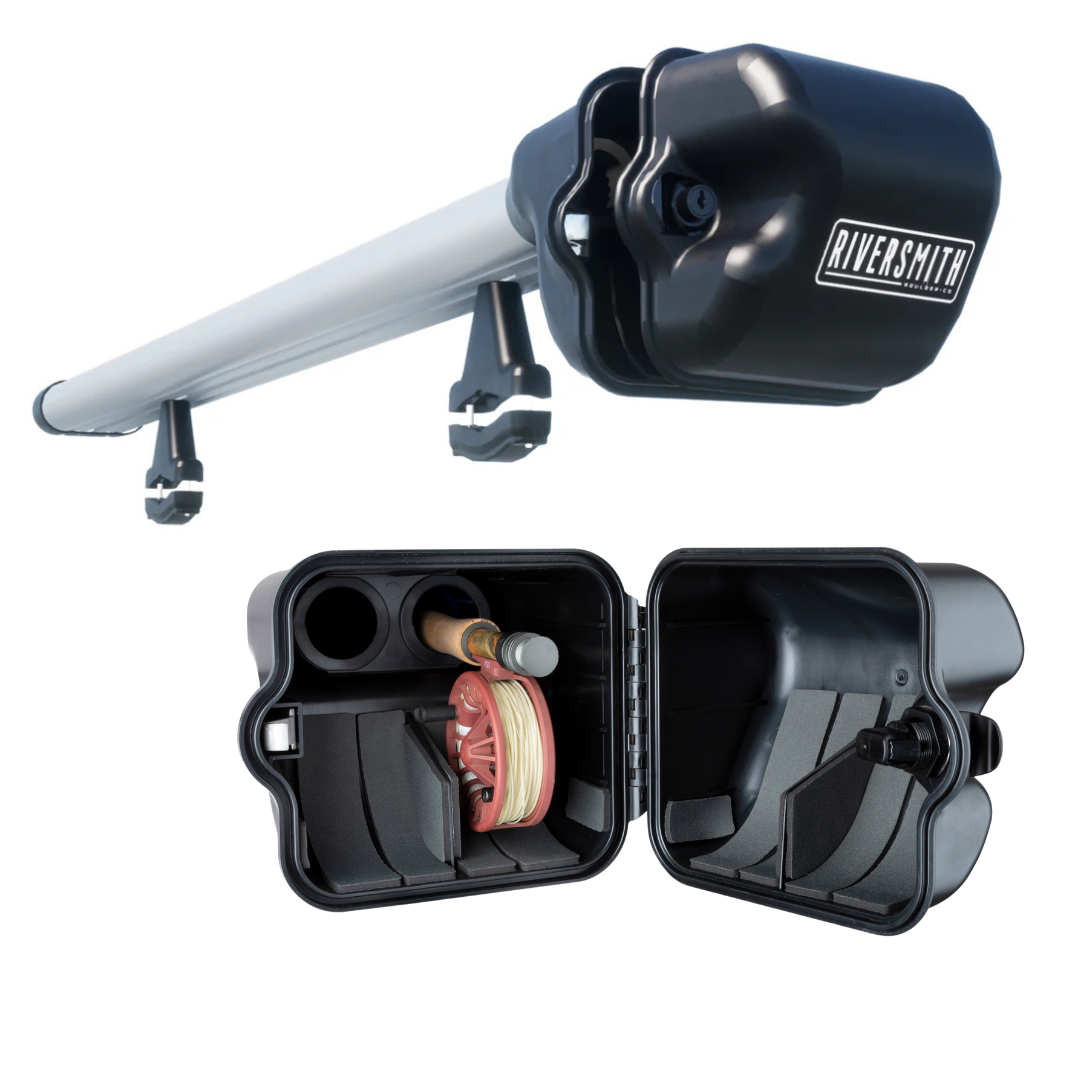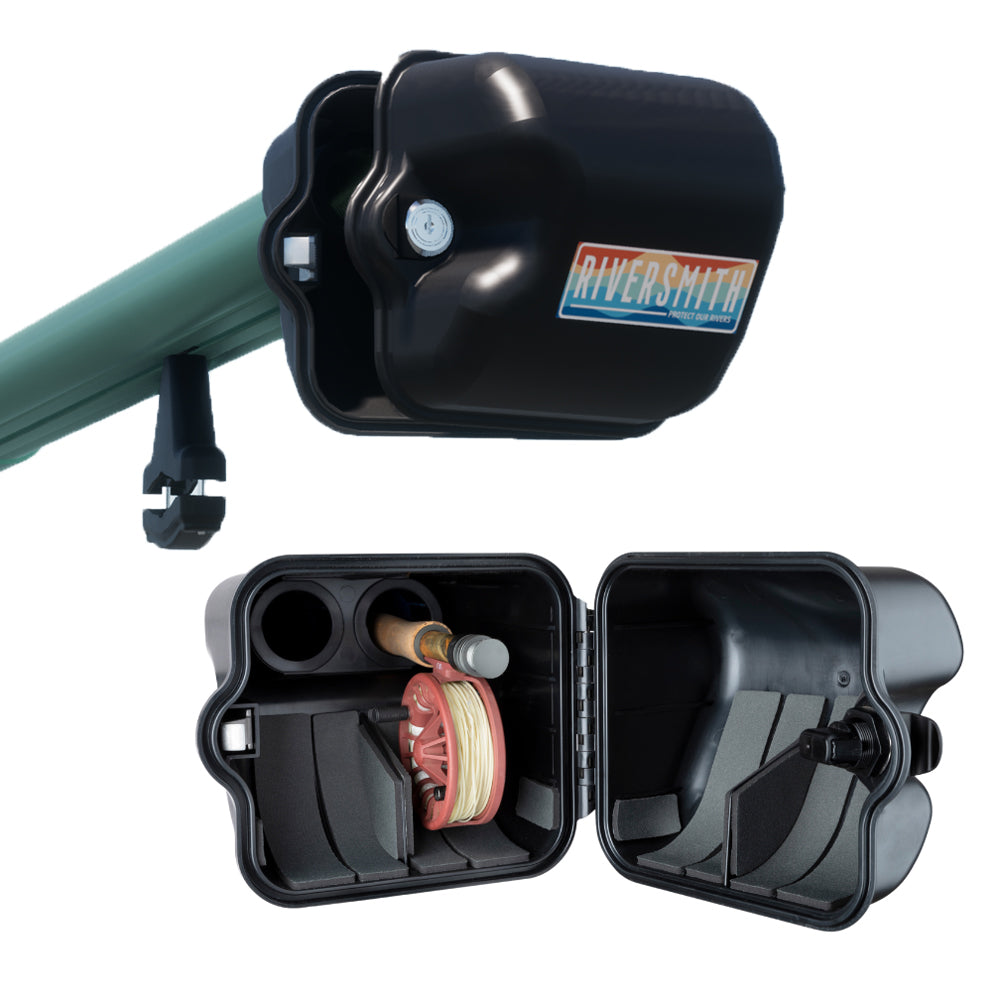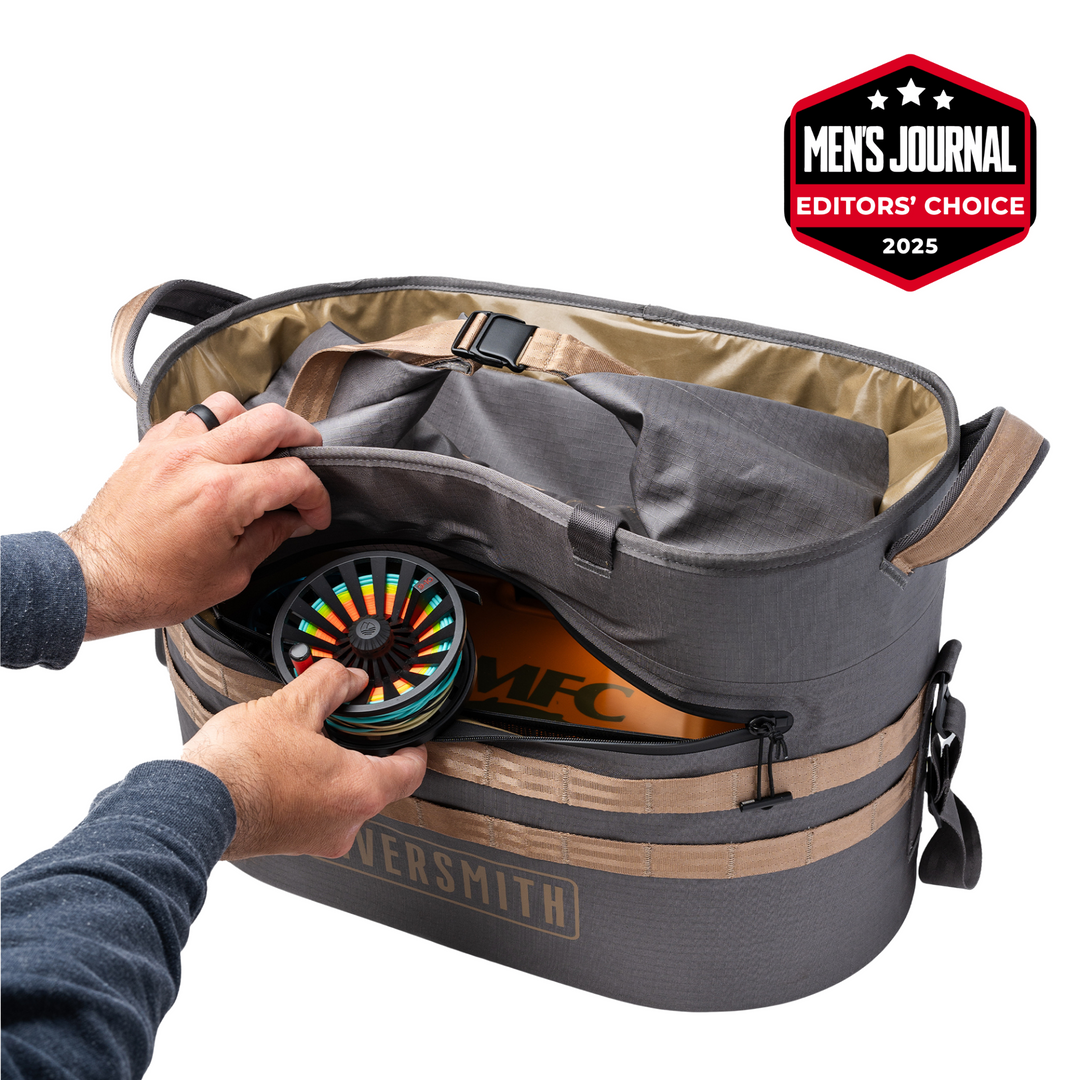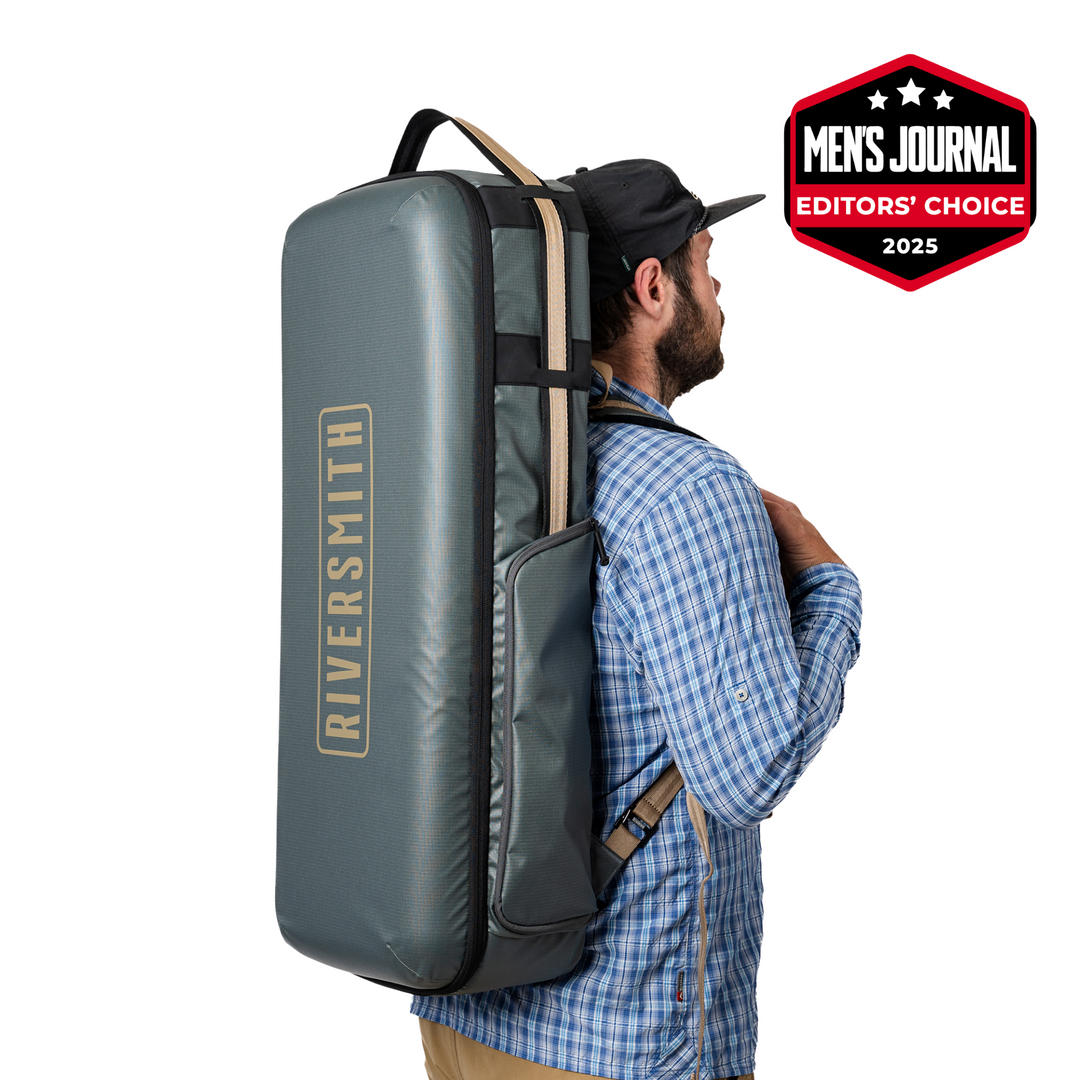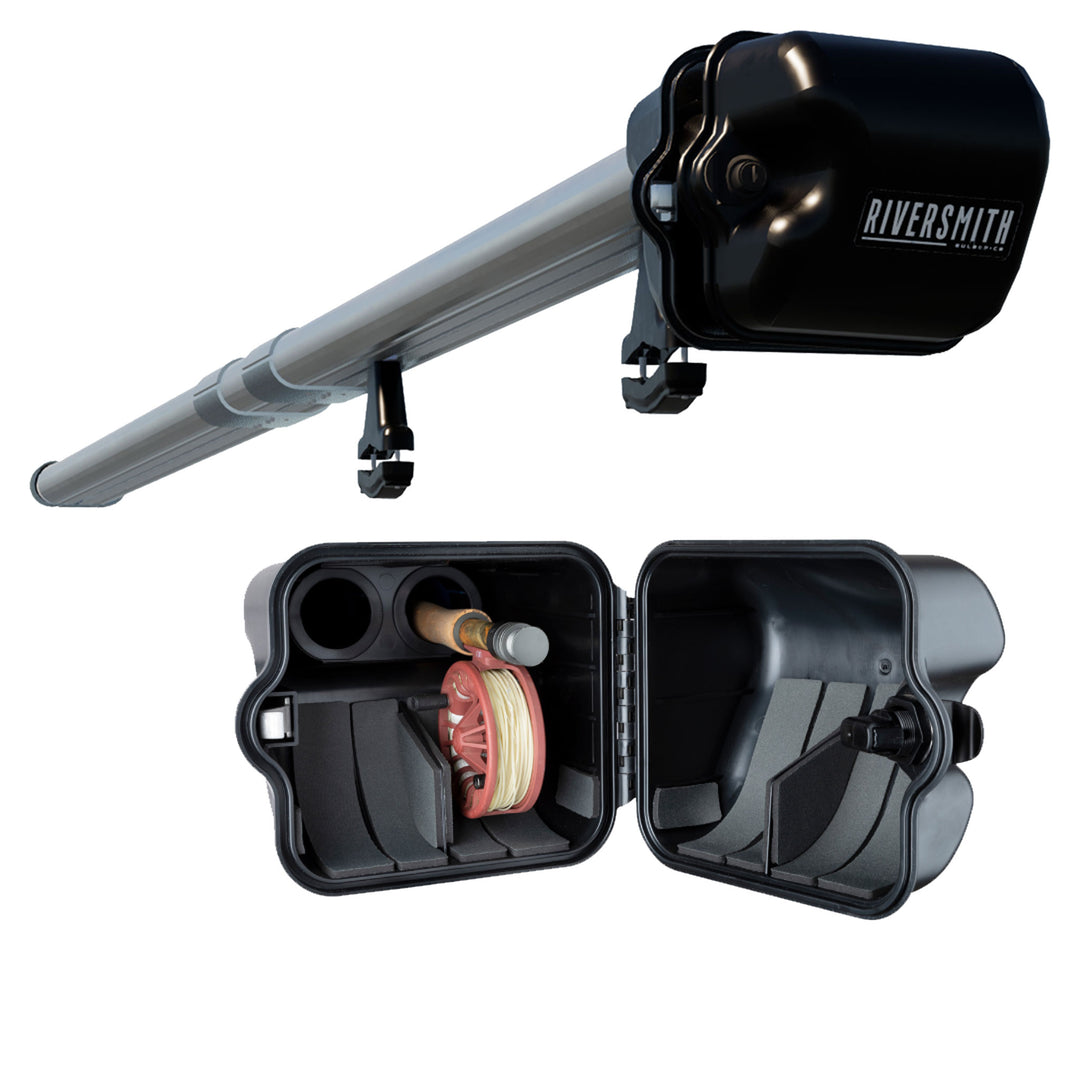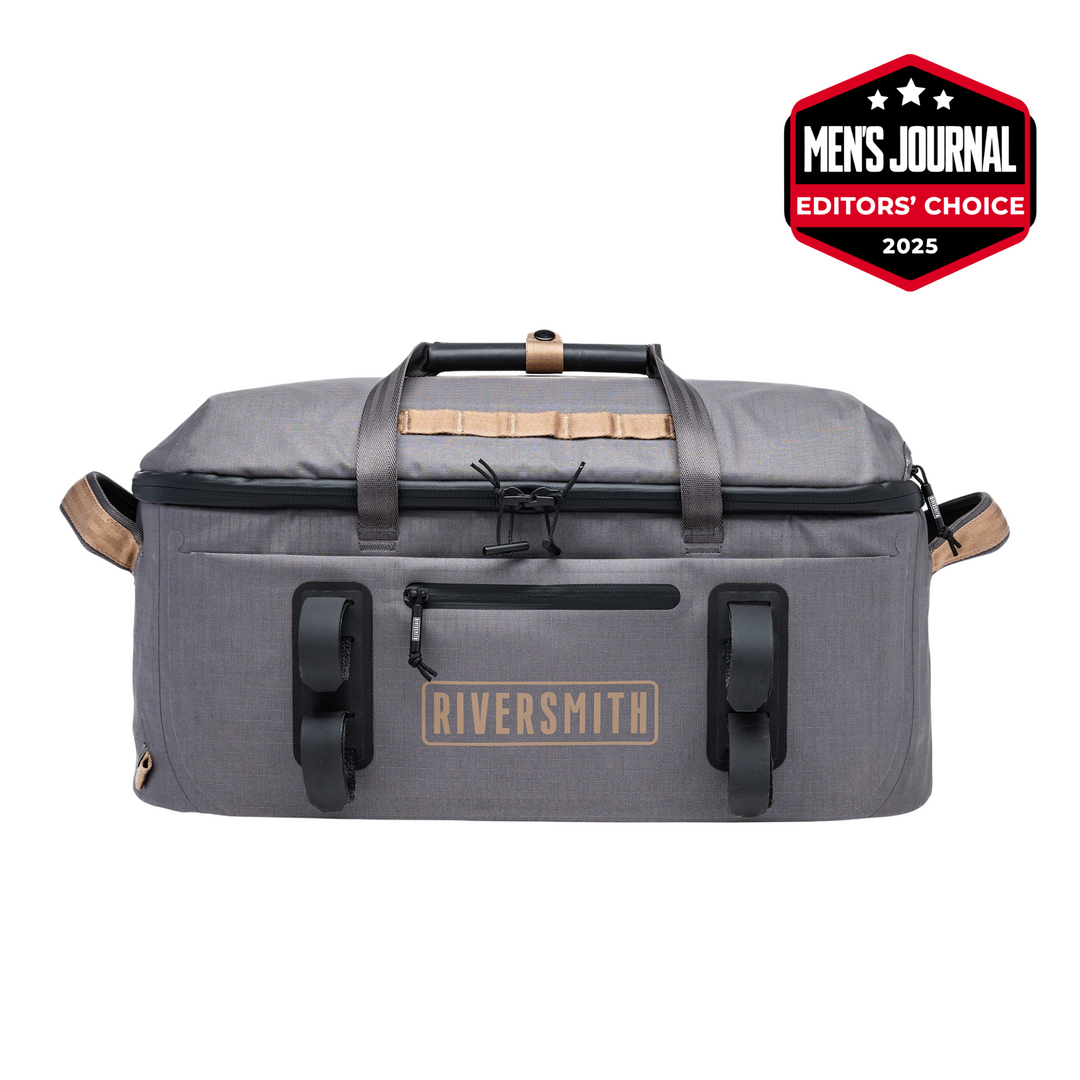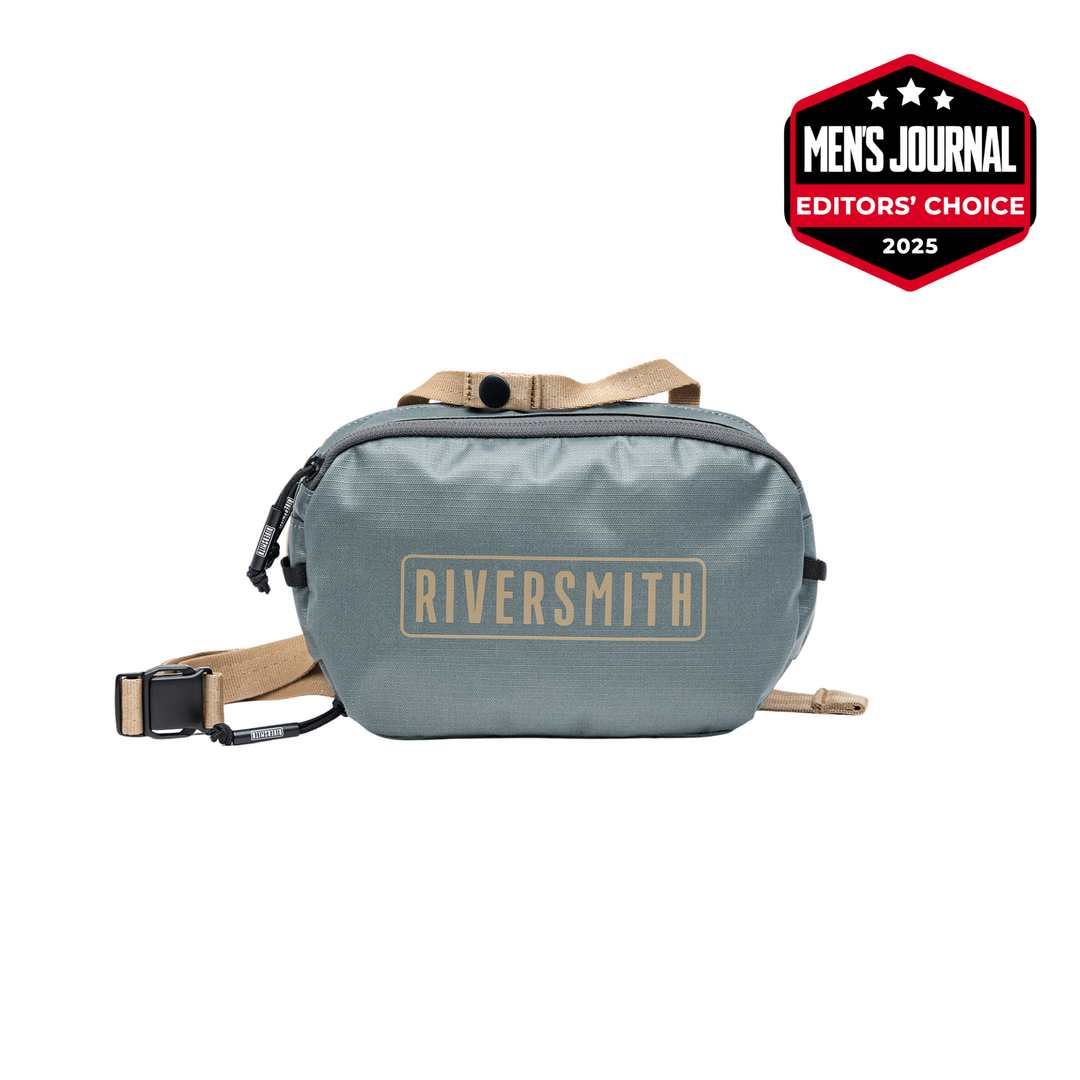Taking Care of Your Fly Gear
To most of us, a fly rod is our first major investment in the sport. Naturally, we’ll want to protect that investment at all costs. Without our gear, not a lot of fishing is going to take place.
So what should you know about taking care of your fly gear? How should you go about cleaning and storing your fly rod and it’s affiliated parts? What is the safest and most efficient way to travel with your fly gear? A little homework up front will certainly pay off in the long run.
Cleaning Your Fly Fishing Gear
When our equipment is brand new to us, it is novel and the shiny new toy in our lives. We will go to great lengths to make sure it doesn’t come into contact with anything that could cause damage. But as the novelty wears off, so does our attention to detail and care. This is especially true when our gear is not in current use. Make it a habit straight out of the gate to take care of your fly rod, reel, flies, and fly box in between their stents of use.
Fly Rod & Ferrule Care
A little scheduled maintenance and attention given to your fly rod will not only make it look better, but it will also allow it to perform better. Once you have disassembled your rod, this is a good time to give the ferrules some routine maintenance.

In giving your metal ferrules the care they need, you don’t need to overcomplicate it. Vaseline petroleum jelly applied with a Q tip will do the trick. Apply petroleum jelly to the male ferrule and slide the female ferrule in and out of the male, lubricating the blanks and loosening any dirt particles that could be trapped in hard to reach areas.
You will want to take a more unique approach with plastic ferrules because there are cases where the material does not react the same way to petroleum jelly that metal ferrules do. For plastic ferrules, there are great cleaners on the market that are affordable and can simply be applied using a microfiber towel.

As you are applying the ferrule lubricant based on your fly rods material, avoid getting that lubricant on your blanks. Certain blanks that come into contact with the lubricant can cause damage to the varnish on your rod. To clean the blanks, you’ll want to designate a soft sponge that has never been used before to them. A sponge of this type can apply some soapy water to cleanse the blanks, and a soft toothbrush can be used for those harder to reach places.
Periodically, it’s a great rule of thumb to wax your ferrules with a light touch of paraffin to ensure they fit to one another properly. If you are looking to add some shine to your blanks, apply some furniture polish now and then.
Fly Reel Care
For cleaning your fly reels, you don’t need to reinvent the wheel. A soapy soft sponge and a toothbrush is all you will need to keep your fly reel in excellent condition. That said, there are a couple of things you will want to keep in mind when cleaning your reel.
It is going to protect both your reel and rod if you completely remove the reel from the fly rod when they are not in use. In fact, the reel should be the first thing taken off upon disassembly. This will prevent the reel from manipulating the rod and causing its shape to bend in any unnatural way.
You will also want to make sure that when you are done cleaning the reel, you allow it to dry off completely before storing it. Trapped moisture during storage can wreak havoc on your gear and cause damage that is easily preventable.
A good way to ensure that your reel is completely dry after cleaning is to meticulously wipe it down with a microfiber towel. Not only will this capture any remaining moisture, but it will also pick up any remaining dirt particles that could still be clinging to the reel.
Flies & Fly Box
Although your flies and fly box do not require extensive or specific cleaning regimens, they will last a lot longer if you give them their own meticulous care. When you are not fishing for an extended period, take a half hour of your time to completely empty your fly box.
When emptied, wash it out completely, removing any dirt particles or unwanted debris that your flies can come into contact with. Then, and as you are returning your flies to their box, deliberately organize them by color, style and purpose. Although this could be considered overkill, it will be really nice when you and your flies are back out on the water and you know exactly what you are looking for and where it is.
If you have given your fly box and flies a quick wash under some water, just make sure both the box and the flies are completely dry before closing the fly box lid. Similar to the fly reel, any trapped moisture may cause warps or damage that you will want to avoid.
In the market for a fly box? The only requirement you should look for upon purchase is something waterproof. You’ll want to make sure you get the right size for your fly selections and space to fit them in your pack or vest as well. Fly boxes are the most commonly dropped fly fishing item out on the water. So long as the box is waterproof, it should withstand any accidental contact with the stream or river. A waterproof box will float if dropped in the water, hopefully you can grab it before it floats away!
Proper Fly Rod Storage
Depending on the time of year or the amount of times you head out to fly fish during a season, at some point you will have to stow your fly fishing gear for a prolonged period. You must be careful and aware of where your fly fishing gear will be stored so you can ensure its longevity and safety.
Temperature, Humidity, and Storing Horizontal vs. Vertical
When we think of places around our house where fly fishing gear is commonly stored, we think of the basement or the attic. Both places have very little traffic and are great for storing items we do not use regularly. However, both places can host poor conditions for fly rods and reels.
Depending on where you live geographically, attics can reach hot daytime temperatures. Similarly, basements can be quite cold and damp, locking in moisture that is dangerous to your fly fishing gear. So although these places in our homes are mighty convenient, they are actually not ideal.
The best place to store your fly rod and reel is somewhere that doesn’t dramatically swing in temperature, is dry, and is not in the way of your daily life. A durable and shock absorbent rod tube is perfect for home storage. Just make sure that when the rod is inside the tube, it is stowed away horizontally and not vertically. Vertical storage of the fly rod can cause damage to the tips or ferrules of your rods. Vertical storage also poses the risk of the rod tube being knocked over and the impact can inflict damage to your rod.
Horizontal storage, stored up and away from any pets, children, or high-traffic areas will allow an angler to return their equipment in pristine condition weeks or even months later.
The Importance of Disassembly
A purchase that anglers eventually make down the road of their hobby would be a roof rack system for their fly rods. Roof rack systems allow you to stow your fully assembled fly rod immediately after using it, allowing disassembly at a later time and destination. It also allows a fisherman to travel from fishing spot to fishing spot quickly without having to re-rig their rod at every stop.
That said, a roof rack may not be an upfront investment you’ve made or will make anytime soon. So how do you take proper care of your fly rod to, from, and in between fishing spots? Proper disassembly. Assembling and disassembling your fly rod and reel is not an overly complicated process, but it is important to think about the internal and external components when taking it apart.
To start, snip the fly from the tippet and stow any leader or tippet you are using in your organized fly box for the next trip. Then reel in your line and listen for any fine grind or sound coming from your reel. Do you detect any sand or particles trapped inside your reel? If so, give it a quick wash using water from a water bottle or a microfiber towel in your fly box.
Once the reel is free of any dirt particles, it comes into contact with out on the water, dry it off completely. Then, store it in its designated case, as far away from the rest of your gear as possible.
When you are assembling your fly rod, or putting it together, you want your hands close to the ferrules, or close together. Opposingly, when you are disassembling your fly rod, you want your hands far away from the ferrules, or far apart.
But why? This protective measure prevents the rods from setting onto either of the ferrules. Keeping things evenly balanced and distributed will extend the life of your fly rod and allow it to cast another day.
Traveling With Your Equipment
We often think about our fly fishing experience when we’ve already reached the destination. But we rarely give attention to how we go about getting our gear to that destination. We thought about taking a fly fishing trip to Alaska for months, but how to get our gear on a plane, through T.S.A., or what items should go in our carry on vs. checked luggage is usually an afterthought. This can cause unexpected trouble at check in and security checkpoints, a situation no angler wants to find themselves in.
Taking Your Fly Rod on a Plane
You will not be the first person to take your fly rod and fly fishing gear on a plane. In fact, this is so common that most major airlines now permit fly rods and reels as checked luggage. That said, it’s not a bad idea to visit your airline carrier’s website or give them a ring to inquire about the specifics of carrying fly fishing gear. And we all know how notorious airline carriers are in treating checked luggage. It usually gets tossed into the plane with very little thought given to fragile items that may be stowed inside the luggage.
In order to sit back, relax, and enjoy the flight, you may want to consider storing your fly rod inside a rod tube, and storing that rod tube inside your checked luggage. This will prevent any shock or damage inflicted on your checked luggage from reaching your fly rod. Although this can take up precious real estate, you will be glad you did it when your rod makes it to your destination safely. Also, a great rod tube will have pockets for storage and room for any miscellaneous gear that you may want to bring along.
Traveling With Your Fly Rod via Car

It’s pretty old school to put your fully assembled fly rod in the back of your truck or disassembled in the trunk of a car to get from fishing spot to fishing spot quickly. Similar to flying on an airplane, car travel with an unsecured fly rod can be really dangerous to your rig. In other cases, you may be sharing the vehicle with more than one angler and several fly rods need to make it to your fishing destination.
There are a lot of reasons storing a fly rod inside the cabin of your vehicle may not be a good idea. That’s why a nifty fly rod roof rack should probably be your next purchase. Riversmith’s River Quiver was built with four major factors in mind; durability, user friendliness, rod size accommodation, and interior protection. They also put an emphasis on strength, security, having a roof rack with the largest rod and reel capacity, as well as pads for the reel box.
The River Quiver passed a military grade shake test just to live up to its promise that its heavy duty aluminum frame can withstand the wildest of conditions. Able to accommodate 10ft rods and 11wt reels, the River Quiver also comes in models for 2 rod storage or 4 rod storage. This makes it easy to change rigs or bring another angler with a different setup along for the ride!
The top-grade polypropylene liner is extremely durable and friendly to frequent use, as well as temperature resistant. No matter the weather, River Quivers have never known a fly rod it stowed that swelled or warped after contact with moisture.
Finally, and one of the most talked about features of the River Quiver amongst the fly fishing community, is the horizontal opening case cover. Most fly rods open vertically, which allows heavy gusts of wind to blow it right back down onto rods, inflicting damage that makes every angler wince. The horizontal case cover swings open to the right, and a locking mechanism keeps the case cover in place. For the Riversmith River Quiver, it really came down to the finest of details.
Take Care of Your Fly Fishing Gear
The better you treat your fishing gear, the more you can count on it to provide you with a good time in the water. Greatly extending the life of your fly gear doesn’t take a lot of extra time or effort, but will go a surprisingly long way. Upfront investments in rod tubes, waterproof fly boxes, or even roof rack systems, and care of said equipment, will allow you to focus on what truly matters; the great experience of fly fishing.


